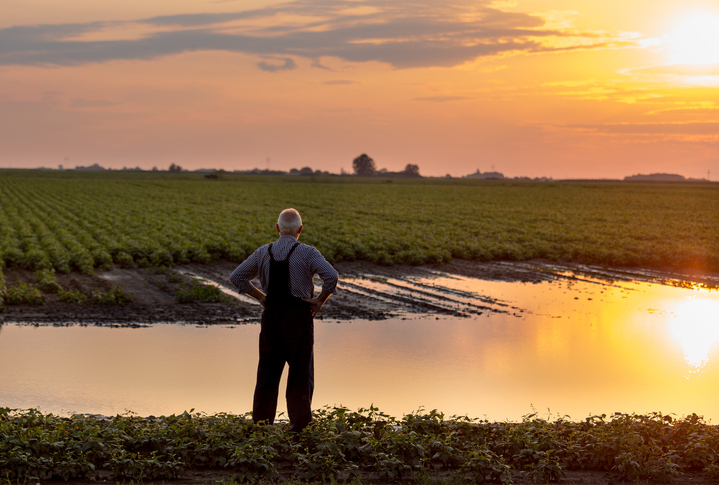I just finished reading the Lower Snake River Dams: Benefit Replacement Draft Report released by Governor Inslee and Senator Murray on June 9. I found several problems in the section on “irrigated agriculture.” Similar to the flawed study produced by the group ECONorthwest in 2019, this latest attempt at destroying the Lower Snake River Dams undercuts the agricultural community and our food producers in favor of supposed “salmon recovery.”
Crops and their value
The report notes approximately “7% of total for the state and the estimated combined production in 2021 of all irrigated crops along the Snake River was $327.9 million.” There is no source for this claim.
Along the Snake River, the primary irrigated crops include potatoes, onions, wine grapes, and tree fruit. According to the USDA, Benton, Franklin, and Walla Walla counties account for 22 percent of the total agricultural output of our state, generating a total market value of $2.16 billion in products sold.
Irrigated agriculture
The study claims only about 50,000 acres receive Snake River irrigation. The study has no footnote to a source. The USDA reports Benton, Franklin, and Walla Walla counties include 1.9 million acres of farmland and 494,106 acres (25 percent) of that farmland is irrigated, nearly ten times the area included in the Inslee/Murray report.
Whether the irrigation in those counties is supported by the Snake River, the Columbia River, or the local aquifer is not reported by the USDA, but the drawdown of the water table from destroying the Lower Snake River Dams would harm the entire area.
The study suggests the water table would drop 100 feet during the first two years after dam destruction and indicates some wells would need to be deepened at least 80 feet to find water. Well digging costs approximately $100 a foot plus the cost of an 8-inch steel casing, the smallest agricultural well would cost at least $15,000. The study claims an estimated total mitigation cost of between $14 million and $147 million, a huge range, and even concedes that irrigators themselves believe the costs will be significantly higher.
The hit to farmers doesn’t take into account the additional loss of clean water to towns, cities and rural communities, or the loss of a key utility to industry in the region.
Land value
The report sates “irrigated cropland in Washington state had an average value of $7,800 per acre whereas dryland was valued at $1,310 per acre,” price values as reported by the USDA. The true market value of farmland in our state is much higher than claimed by the study.
Current listings for agricultural land shows three properties with listed prices ranging from $13,052 an acre to $16,700 an acre. The average per acre price is $14,920 an acre, twice what the report claims. The least expensive, is a dryland parcel near Kennewick and the other two parcels are irrigated land near Mattawa and Wapato.
Total mitigation costs
The study cites a $1 billion total mitigation cost as estimated by the U.S. Army Corps of Engineers. The Corps estimate is broken down into $787 million for capital costs and $218 million for the present value of maintenance costs. The summary of those mitigation costs notes that despite the breaching plan being a governmental action, all the financial pain would be borne by landowners under the conditions of the study.
The study’s mitigation estimate does not consider lost farm revenue, nor the loss of changing from irrigated to dryland agriculture. According to research from Texas A&M, irrigated agriculture returns approximately $240/ac more than dryland farming. That means the on-farm harm of destroying the dams would be approximately $769 million, a direct financial hit to the people of our state.
Salmon recovery is improving, with Chinook runs increasing for the third year in a row. Helping fish and protecting the dams must be done in a manner that provides for the continued existence of people who provide for the lives and livelihoods of the rest of the state – including the farmers and ranchers who benefit from the waters of the river. A hasty evaluation of existing data put together with bias to sell destroying the Lower Snake River Dams to a far-off Congressional audience does not do justice to either successful salmon recovery or to the Washingtonians seeking to survive with them.




